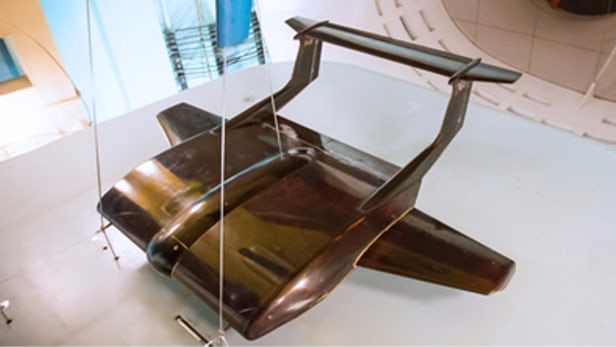
Breaking News
Living a Creative Life Maximizes Your Life
SEMI-NEWS/SEMI-SATIRE: November 9, 2025 Edition
 Trump pardons Mets legend, 'Celebrity Apprentice' alum Darryl Strawberry over tax evasion co
Trump pardons Mets legend, 'Celebrity Apprentice' alum Darryl Strawberry over tax evasion co
 You WON'T BELIEVE How Much Money We're REALLY Sending To Israel!
You WON'T BELIEVE How Much Money We're REALLY Sending To Israel!
Top Tech News
 HUGE 32kWh LiFePO4 DIY Battery w/ 628Ah Cells! 90 Minute Build
HUGE 32kWh LiFePO4 DIY Battery w/ 628Ah Cells! 90 Minute Build
 What Has Bitcoin Become 17 Years After Satoshi Nakamoto Published The Whitepaper?
What Has Bitcoin Become 17 Years After Satoshi Nakamoto Published The Whitepaper?
 Japan just injected artificial blood into a human. No blood type needed. No refrigeration.
Japan just injected artificial blood into a human. No blood type needed. No refrigeration.
 The 6 Best LLM Tools To Run Models Locally
The 6 Best LLM Tools To Run Models Locally
 Testing My First Sodium-Ion Solar Battery
Testing My First Sodium-Ion Solar Battery
 A man once paralyzed from the waist down now stands on his own, not with machines or wires,...
A man once paralyzed from the waist down now stands on his own, not with machines or wires,...
 Review: Thumb-sized thermal camera turns your phone into a smart tool
Review: Thumb-sized thermal camera turns your phone into a smart tool
 Army To Bring Nuclear Microreactors To Its Bases By 2028
Army To Bring Nuclear Microreactors To Its Bases By 2028
 Nissan Says It's On Track For Solid-State Batteries That Double EV Range By 2028
Nissan Says It's On Track For Solid-State Batteries That Double EV Range By 2028
Russian blended wing aircraft concept keeps on the down low

A new Russian concept aircraft is designed to fly high by staying down low. Russia's Central AeroHydrodynamic Institute named after N.E. Zhukovsky (TsAGI) is developing a new heavy transport aircraft for intercontinental routes that carries up to 500 tonnes (492 tons) of cargo in a blended wing that combines the wing and the fuselage of the aircraft, yet only reaches an altitude of between three and 12 m (10 and 40 ft) over water and land.
The low-flying leviathan is what is known in aviation circles as a Ground Effect Vehicle (GEV). A GEV is a form of aircraft that uses short, wide wings to trap a layer of air between the undersurface of the aircraft and the ground, producing vortices and downdraughts that generate more lift and less drag at very low altitudes, which allows the craft to carry heavy loads with less fuel. Here, the effect is produced by wings that blend into the body of the aircraft to not only create more lift, but also provide more interior space for cargo.

If it ever reaches the production stage, the TsAGI transport will be capable of taking off and landing on conventional runways and will carry standardized containers that would be loaded inside the wings through flap doors on the leading edge of the body and wing. According to the designers, the center section will hold the cockpit and a tank of cryogenic liquefied natural gas. This unconventional fuel was selected because it's lighter and burns cleaner, yet with much higher efficiency and safety than standard aviation fuel.

 Carbon based computers that run on iron
Carbon based computers that run on iron

